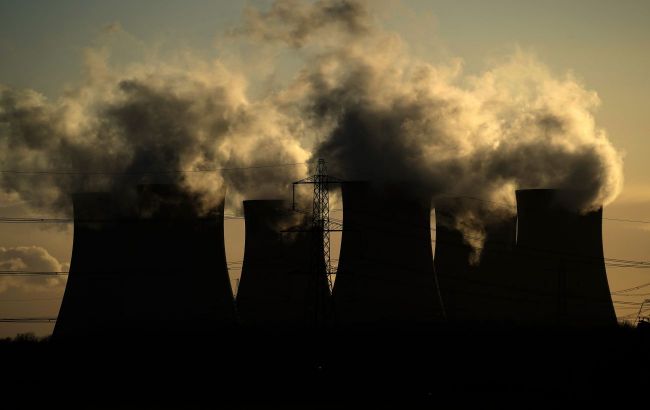India conducts risky cloud experiments - Fighting smog with fake rain

In Delhi, experiments have begun with cloud seeding to induce artificial rain and clear the air of hazardous smog. Scientists, however, warn about the ineffectiveness and risks of this method, according to The Guardian.
The initiative was launched by the ruling Bharatiya Janata Party (BJP), which promotes the idea as a way to combat smog since coming to power in the region.
Under the plan, airplanes or drones release particles of silver iodide into the sky - a substance whose structure resembles ice. Water droplets concentrate around these particles, altering the cloud structure and increasing the likelihood of rainfall.
The first test flight took place on Thursday, when special rockets for cloud seeding were launched over the city. Delhi’s Environment Minister, Manjinder Singh Sirsa, stated that if weather conditions remain favorable, the city could see its first artificial rain as early as October 29.
Authorities resorted to the experiment after air quality in Delhi again dropped to dangerous levels following Diwali celebrations. The city was engulfed in a thick brown haze, with PM2.5 and PM10 particulate pollution levels exceeding safe limits several times.
However, scientists remain skeptical about the initiative. Professors Shahzad Gani and Krishna AchutaRao from Delhi’s Center for Atmospheric Sciences criticized the project, calling it a scientific gimmick. They emphasized that cloud seeding usually has a minimal effect and does not address the main sources of pollution - crop burning, industrial emissions, and heavy traffic.
“It is a textbook case of science misapplied and ethics ignored,” the researchers said, comparing the idea to the smog towers installed by the previous government at a cost of billions of rupees, which failed to improve air quality.
Experts also warn that prolonged use of chemicals such as silver iodide or sodium chloride could have negative impacts on human health and agriculture.
Delhi has held the title of the world’s most polluted city for over a decade. In 2024, pollution levels rose by an additional 6%, and during winter, levels often surpassed those observed during Beijing’s infamous smog apocalypse in 2013 - before China implemented strict air-cleaning measures.
Despite the criticism, Indian authorities plan to continue cloud seeding experiments, viewing it as a potential way to temporarily ease breathing for millions of the capital’s residents.

